Facts about the municipality
| Total area Land area Water area Population 31.12.2021 Population density | 3 606 km² 847 km² 2 759 km² 19 5369 23,0/km² |  |
Korsholm (Mustasaari) is an old municipality with an eye on the future The municipality has a history dating back to 1348. This was when the parish was mentioned for the first time in writing in a royal letter concerning freedom of commerce.
The history of Korsholm is largely also the history of the City of Vaasa and Ostrobothnia. The granite cross at the ruins of Korsholm Castle (Chrysseborg) stands as a symbol of Christianity’s first conquest in the region. The castle was built in the 1370’s to support the country’s defence. From here, the whole of Ostrobothnia was ruled for several centuries, and occasionally also what is now Västerbotten in Sweden.
In the 1550’s, Gustav Vasa had a royal estate built, i.e. a model farm for the farmers of the region.
In 1606, the parish’s church village status was elevated to a city and was later given the royal name Vaasa. A fire in 1852 devastated most of the city. During the reconstruction, the city was moved to its current location. Old Vaasa with its Korsholm castle ramparts and ruins of St. Mary’s Church from the 14th century is today a popular tourist destination. There is also the old Court of Appeal building, which escaped the fire, and has served as Korsholm Church since 1863.
Korsholm today
The Korsholm municipality known today was formed in 1973 through a merger of the five nearby municipalities of Björköby, Korsholm, Kvevlax, Replot and Solf (Björköby, Mustasaari, Koivulahti, Raippaluoto and Sulva). Of the now approximately 19,500 inhabitants, 69% have Swedish and 29% have Finnish as their mother tongue.
Korsholm is an archipelago municipality – the municipality has an area of approximately 3,600 km², of which the land area is 846 km².
Thanks to constant land uplift, the municipality’s land area increases by about 20 hectares per year. The rate of land uplift in the region is among the highest in the world.
Korsholm is in many respects a municipality with contrasts. It has an archipelago, a sea and a mainland, urban and sparsely populated areas, industrial areas and agricultural fields as well as historical monuments.
Korsholm is an appealing municipality to move to. The services and infrastructure here are constantly being developed to meet the needs of residents. At the same time, we cherish our traditions and want to preserve the positive features of the traditional archipelago municipality even as Korsholm grows. We have some of the most pleasant living environments in the country.
Your visit to Korsholm
There are plenty of things to see in Korsholm. Discover the Kvarken archipelago world heritage site, visit the Stundars artisan village or go hiking by Söderfjärden. Finland’s longest bridge, the Replot Bridge, which leads visitors to the world heritage site, is also well worth a visit.
In Korsholm it is never far to the water. For experiences close to the sea, there are a variety of activities to choose from. Out in the archipelago you can hike, paddle, row, sail, cruise, fish or swim. Book a tour together with expert guides.
A visit to our world heritage site provides memorable sights to remember. Even on land, there are hidden gems for relaxation as well as excellent hiking and biking trails. This is a very enjoyable experience for the outdoor-loving visitor and recreation for the whole family.
There are many places to meet which are filled with programmes and company for the active, as well as quieter spots for those who prefer the silence. The people are genuine and the hospitality is great. Even a short visit provides a lot. Enjoy every moment!
Korsholm in brief:
- the municipality with a large living archipelago
- the municipality with a flourishing cultural life, where the Korsholm Music Festival and Stundars Museum, with its centre of culture and art, are the most prominent features
- the municipality with the longest bridge in the country – Replot bridge
- the municipality with the large sports hall – Botniahallen – accommodating a full-size football pitch surrounded by running tracks
- the municipality with a documented good quality of life
- the municipality with Söderfjärden, a greeting from space 520 million years ago in the form of a meteorite impact, which in modern times has given 2,300 hectares of first-class arable land.
